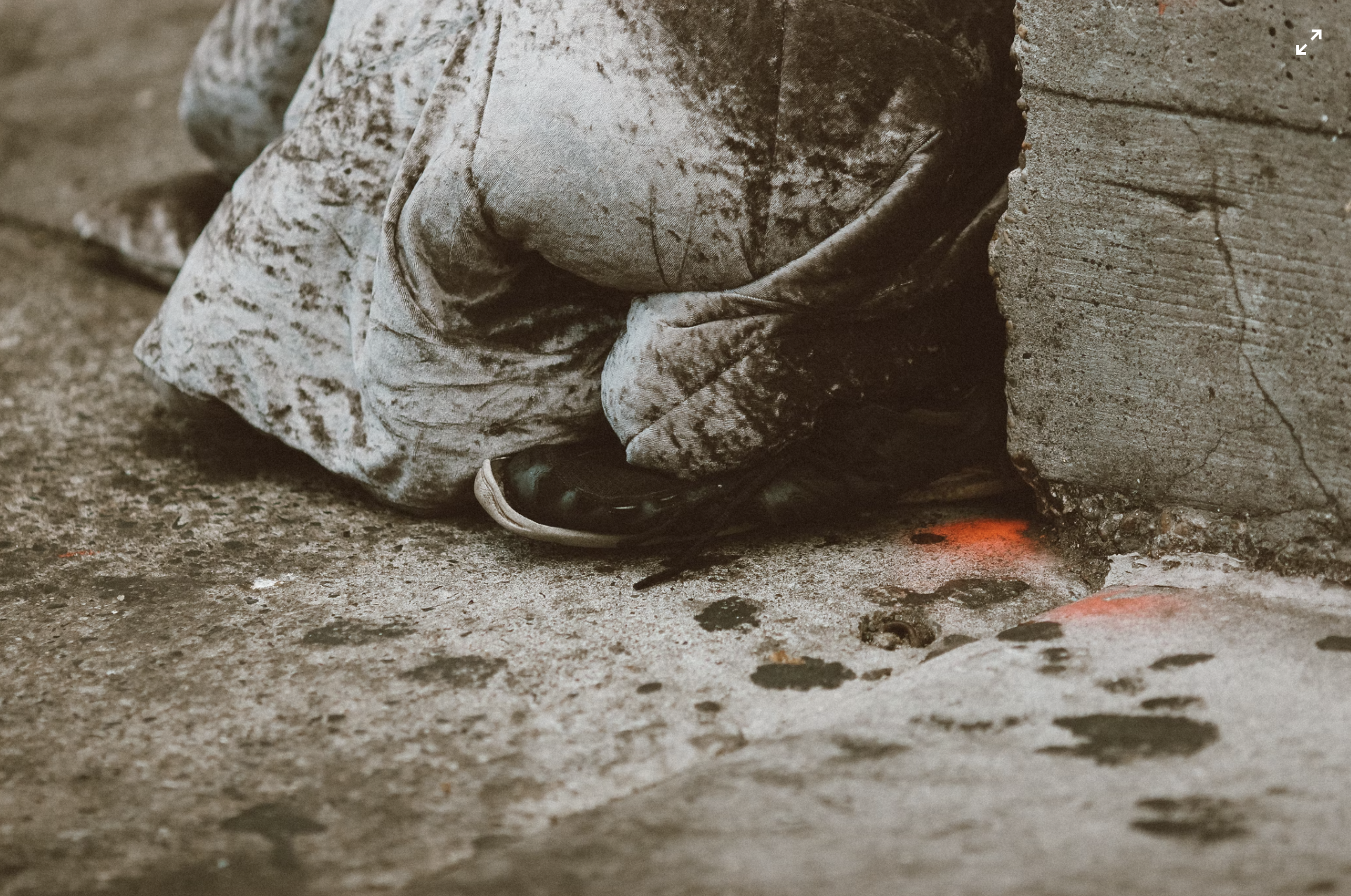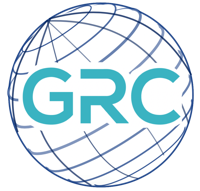Homelessness and Covid in the US

Cover Image credit: Jon Tyson, Unsplash.com
By Beatriz Terres
Homelessness has been an issue in the US since 1870. At that time, the Industrial Revolution pushed skilled workers and farmers out of the countryside and into the city in search of jobs. The construction of the railway system led to hundreds of individuals to travel across the country, taking shelter in police stations, which became the first shelter system. By 1980, homelessness as we know it today arose. Some of its main causes included gentrification of inner cities, deinstitutionalization of the mentally ill (discharging them from state hospitals), high unemployment rate, the emergence of HIV/AIDS, an inadequate supply of affordable housing options, and deep budget cuts to the U.S. Department of Housing and Urban Development (NCBI, History of Homelessness in the United States).
As of 2020, more than half a million people experience homelessness in the US. Almost half of those individuals do not have access to a sheltered location to sleep in, and a quarter are experiencing chronic homelessness (US Department of Housing and Urban Development, 2020 Annual Homeless Assessment Report).
African Americans and Indigenous people represent 40 percent of total homeless individuals, despite being only 14 percent of the total American population. Further, California accounts for half the homeless population in the country, with nine times the amount of homeless individuals as the next highest state, Texas. The highest rate of homelessness can be found in New York, followed by Hawaii. (US Department of Housing and Urban Development, 2020 Annual Homeless Assessment Report).
When looking at the current causes of homelessness we find that a wide range of factors, such as demographics, housing and employment markets, income and deinstitutionalization interact and perpetuate homelessness. These factors are then compounded with personal circumstances, such as community breakdowns, addiction, and health issues to increase homelesness rates within certain groups.(US Committee on Health Care for Homeless People, Dynamics of Homelessness).
Through the past two years, COVID has also contributed increasingly to the problem of homelessness. Despite sustained reductions in rates during the first and second decades of the 2000, the US Department of Housing and Urban Development found that 2019 (the same year as the beginning of the pandemic) brought a stark increase (around 15 percent) in chronic homelessness. Further, 2019 also brought an increase in unsheltered homelessness, marking the first time in which unsheltered individuals surpassed sheltered individuals.
As shelters enforce COVID measures, such as limiting capacity and prioritize treatment of COVID patients, previously sheltered individuals become unsheltered, further increasing the risk of contracting and transmitting disease (United States Interagency Council on Homelesness). According to the CDC, “People who are homeless and contract coronavirus are twice as likely to be hospitalized, two to four times as likely to require critical care, and two to three times as likely to die than others in the general public”. A vicious cycle is created in which COVID perpetuates homelessness and homelesness perpetuates the disease spread.
All the data collected on homelessness rates throughout the past two years shows underfunding and lack of resources in the sector. In response to this, the American Rescue Plan Act, signed in March 2021, will provide $50 billion in essential housing and homelessness assistance, including $27.4 billion for rental assistance and $5 billion to assist people experiencing homelessness (National Conference of State Legislatures) According to the National Bureau of Homelessness, “These investments will prevent millions of low-income people from losing their homes during the pandemic and will provide cities and states with the resources they need to help people experiencing homelessness”. However, data also suggests that individuals can take action to improve the issue.
According to the National Coalition for the Homeless, some steps individuals can take to help include donating clothes, household goods or other items (such as kitchen supplies), first aid kids, survival kits (with hygienic products, blankets,...) and COVID prevention kits (with masks and disinfectant). Additionally, actions such as volunteering at fundraisers or other programs destined to help the homeless, becoming staff at a homeless shelter, spreading awareness through social media and advocating for homeless people’s rights can create impact and help individuals affected by homelessness.
The state of homelessness in America is worse than it has ever been, and the pandemic has been an exacerbating factor for the increasing number of homeless individuals through the past two years. The majority of its causes are structural and need to be addressed through government action, such as unemployment, lack of affordable housing and lack of access to health-care. However, individuals can also take action, by volunteering in shelters, donating clothes and other supplies and advocating for homeless rights to help improve the situation.
Works Cited
- US Department of Housing and Urban Development, “2020 Annual Homeless Assessment Report Part 1”, 2020 https://www.huduser.gov/portal/sites/default/files/pdf/2020-AHAR-Part-1.pdf
- National Center for Biotechnology and Information, “The History of Homelessness in the United States”, 2018. https://www.ncbi.nlm.nih.gov/books/NBK519584/
- Institute of Medicine (US) Committee on Health Care for Homeless People: “Dynamics of Homelessness”, 2005. https://www.ncbi.nlm.nih.gov/books/NBK519584/
- United States Interagency Council on Homelessness: “COVID-19 Response for People Experiencing Homelessness”, 2021 https://www.usich.gov/tools-for-action/covid-19-response-for-people-experiencing-homelessnessearly-learnings-from-seattle-king-county
- Center for Disease Control: “Interim Guidance on People Experiencing Unsheltered Homelessness”, 2021 https://www.cdc.gov/coronavirus/2019-ncov/community/homeless-shelters/unsheltered-homelessness.html
- National Low Income Housing Coalition “President Biden Signs American Rescue Plan Act with Nearly $50 Billion in Housing and Homelessness Assistance”, 2021. https://nlihc.org/resource/president-biden-signs-american-rescue-plan-act-nearly-50-billion-housing-and-homelessness
- National Conference of State Legislature, “American Rescue Plan Act of 2021”, 2021. https://www.ncsl.org/ncsl-in-dc/publications-and-resources/american-rescue-plan-act-of-2021.aspx



